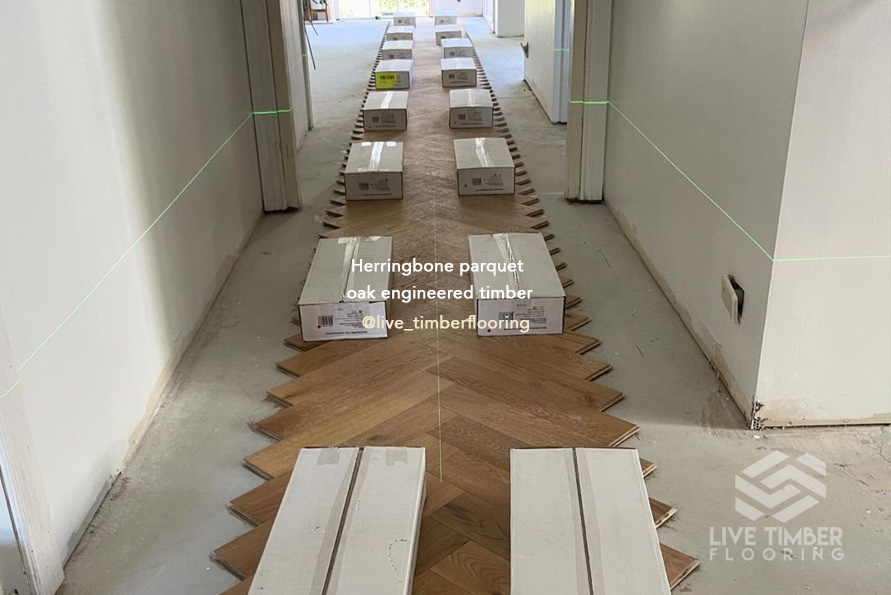2019-07-05 10:12:44

We provide sanding, polishing and installation services in Victoria, Australia
FREE QUOTE ⟩



























































Our flooring company is committed to providing superior quality materials and workmanship in every project we undertake. We source premium materials and employ skilled craftsmen to ensure that our flooring installations are durable, aesthetically pleasing, and built to last.
Customer satisfaction is at the heart of our values. We prioritise open communication, attentiveness to customer needs, and personalised service to ensure that every client receives a tailored flooring solution that meets their requirements and exceeds their expectations.
As a responsible flooring company, we are dedicated to environmental sustainability. We offer eco-friendly flooring options, adhere to green building practices, and minimise waste generation throughout our operations. We strive to make environmentally conscious choices that contribute to a healthier planet for current and future generations.






